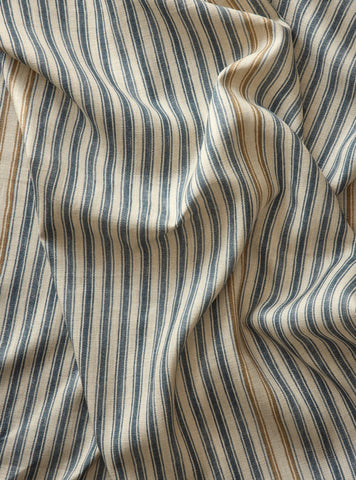ANADOLU
Inspired by a handwoven Turkmen Kilim, this design pays homage to an Anatolian stripe. The colour palette, rooted in deep ochres and sunbaked tones, is a tribute to this heritage, evoking a sense of place and identity.
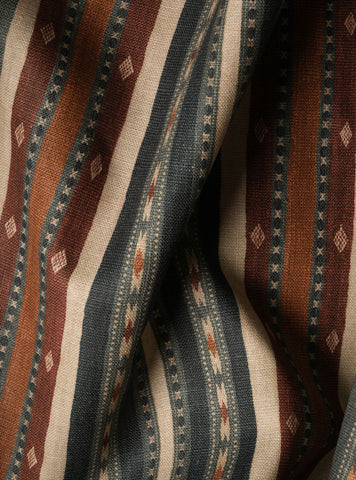
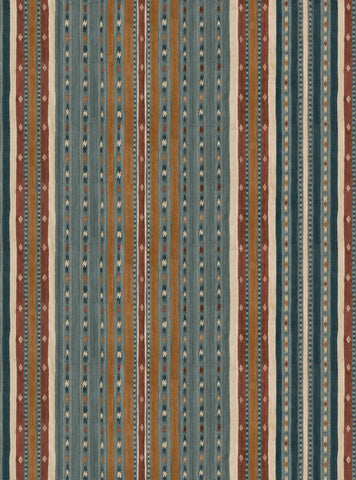
April's Acorn
We re-imagined an original 18th century Indienne to create a lighter floral pattern, incorporating varying botanical elements. Its name is inspired by the delicate Acorn and particularly graceful form of the oak leaf.
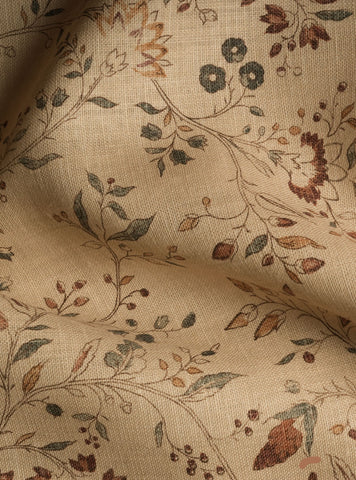
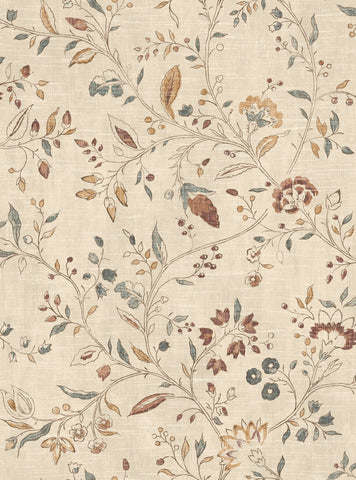
KASURI KEI
The beauty of this print lies in its simplicity. Its name is a nod to Kasuri, a traditional Japanese textile technique known for its softly blurred, feathered patterns created through resist-dyeing.
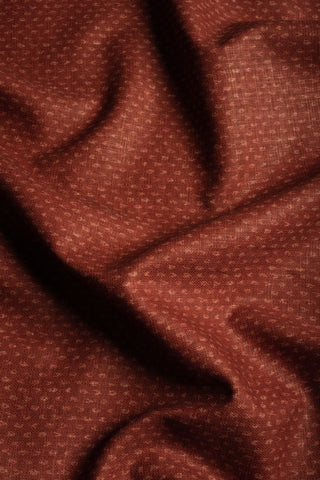
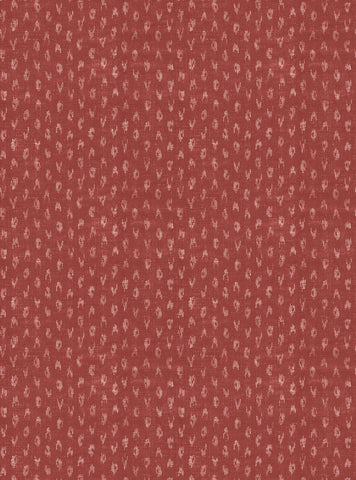
SIA
Originally inspired by an 18th-century floral block-print, we reinterpreted, introducing new floral motifs and hand-painted water colour elements. These hand drawn additions are guided by nature’s quiet details, sycamore seeds, delicate seedlings, and organic foliage.

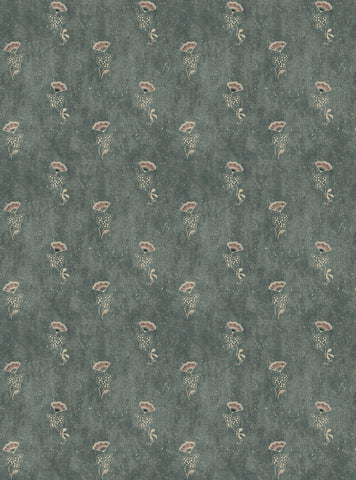
KATAGOME
Inspired by an incredibly unusaul artefact, we re-designed this print into a working repeat pattern. The original design was of Indian heritage but stencil dyed in Kyoto in the 1800s. The three different colourways are inspired by Japan’s earthy autumnal palette.
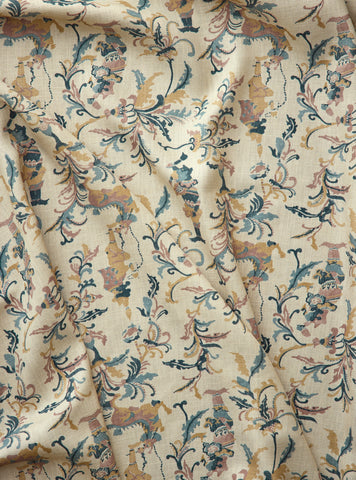
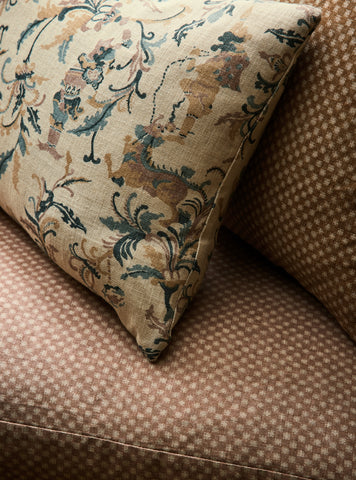
NAKA
Inspired by a Japanese antique cotton fragment we designed a smaller repeat patterned fabric. The faded nature and earthy tones of the print is symbolic of the watercoloured medium it was designed and resonates with its narrative.
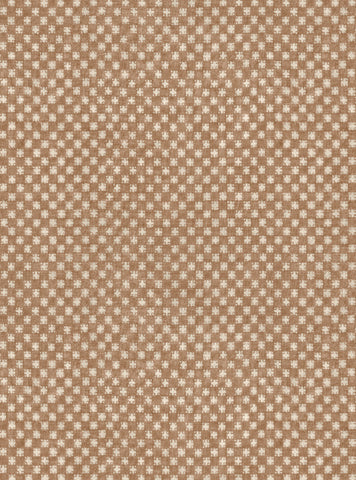

RAMIE
Inspired by varying woven stripes we created a beautifully proportioned linear print. Playing with colour combinations, we experimented with natural dyes to create an earthy and organic colour palette.
